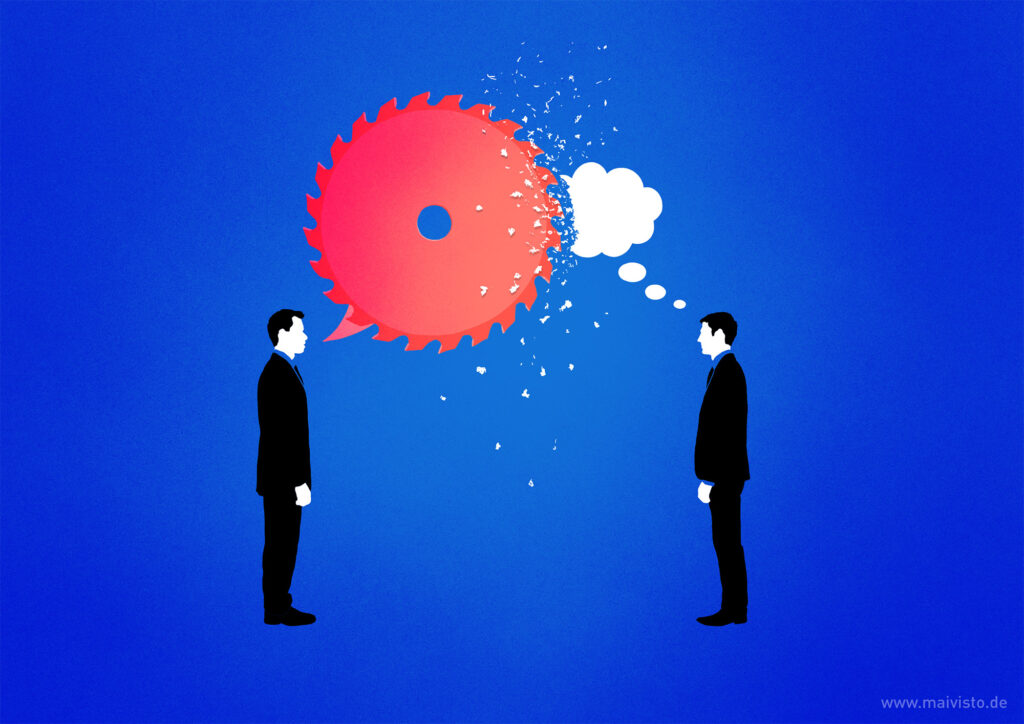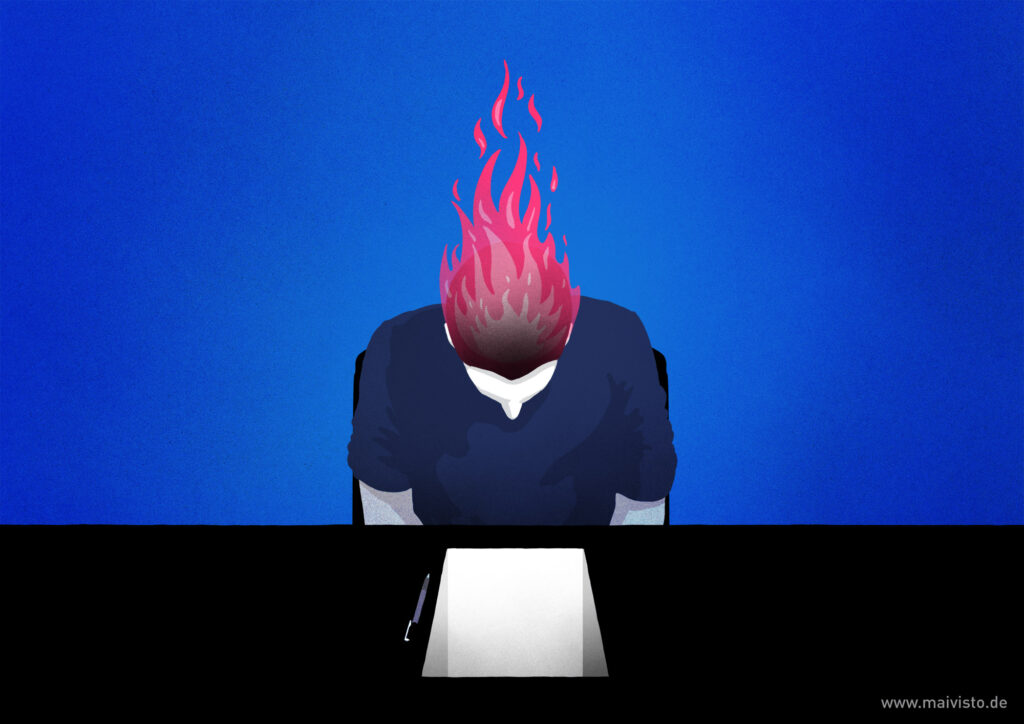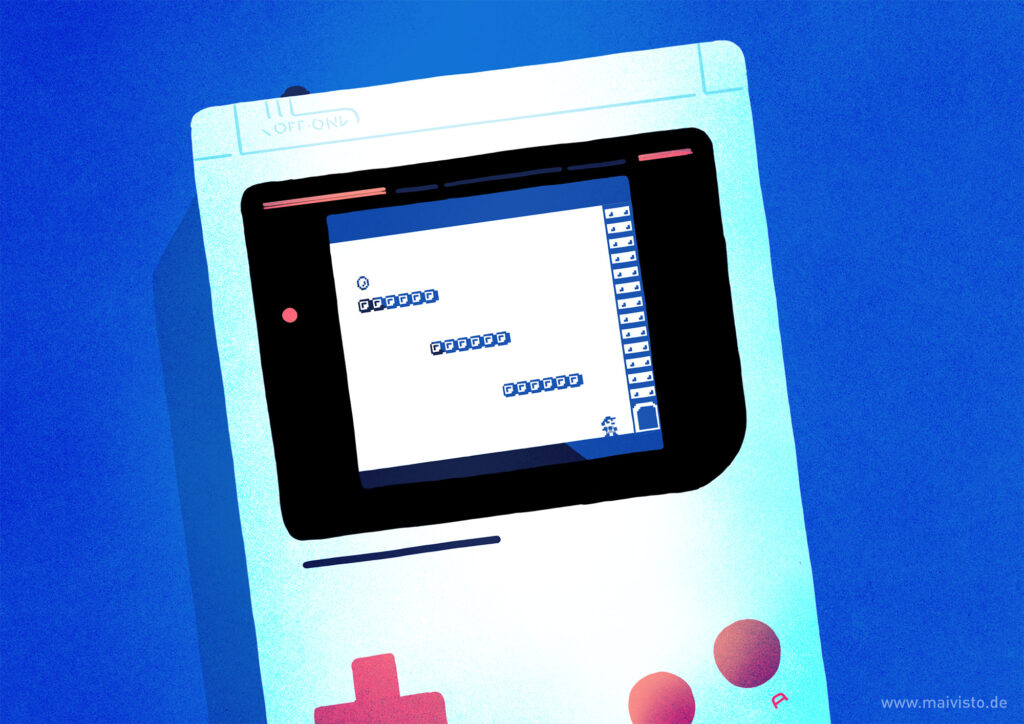There is something hypocritical about the way we humans deal with advertising. One moment we’re complaining when the YouTube video is interrupted once again. At other times, we’re shivering the whole night in front of a store to get the latest smartphone, which, from a technical point of view, is barely more powerful than the cheaper competition.
If we despise advertising, it is because we are aware that we are not only distracted by it but influenced by it. Advertising triggers our most diverse emotions, which are supposed to animate us to take action. We feel manipulated, guided, glided. We don’t want to be treated like that.
But where is the line between “good” and “evil” advertising? Does it even exist? When I go to the supermarket to buy milk, I’m facing a shelf full of different milk cartons, all carrying the more or less same liquid: Whole milk with 3.5% fat.
But the packages, on the other hand, differ significantly. Some are lost in quantity. They seem to have been designed without much affection. The package shows a glass in which the milk is poured. Since the background is white overall, the milk appears grayish, almost like wet concrete. In addition, the information is kept too small, making it harder to read than the competition’s designs. An interchangeable logo makes the appearance even less attractive. Price 1.39€.
The situation is different with one of the competitor’s products. Again, the packaging says whole milk with 3.5% fat. But here, the info is concise and evident at first glance. The manufacturer’s coat of arms crowned adorns the azure packaging. In the background, radiantly bright milk also flows into a glass with illustrated cold drops of condensation. The packaging design makes you want to drink a fresh glass of milk while conveying a sense of tradition and quality. Price 1,69 €
We eat with our eyes first! Let’s assume that this sentence is true and that the milk in both packages is from the same cow. Have we been manipulated by the excellent design when we reach for the more expensive one? Were we tricked and cheated out of the 30 cents? Or did the manufacturers simply invest more time and money in a sophisticated presentation to offer the customer an exceptional drinking experience? Maybe the manufacturer sees milk as something holy. To him, it’s not just something we pour over our cereal every morning as a matter of course. He sees milk as an elixir. It’s Mother Nature’s gift to humans to survive and enjoy.
We do not know the reason for the additional effort. Maybe it’s about pure profit motive or the founder’s deep appreciation and love of food. But the fact is, we as consumers get more for the 30 cents extra cost. The decision as to whether this “more” justifies 30 cents is then entirely ours.


